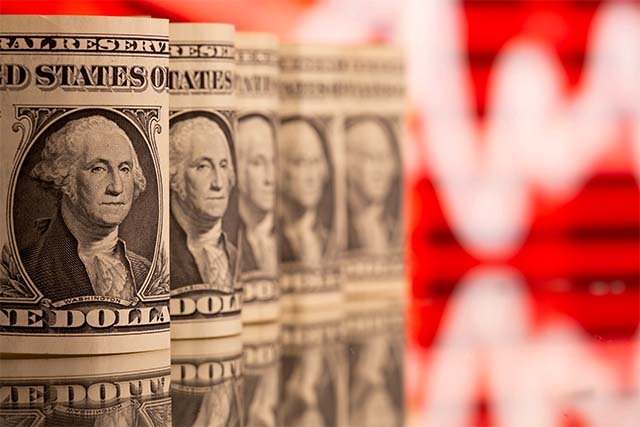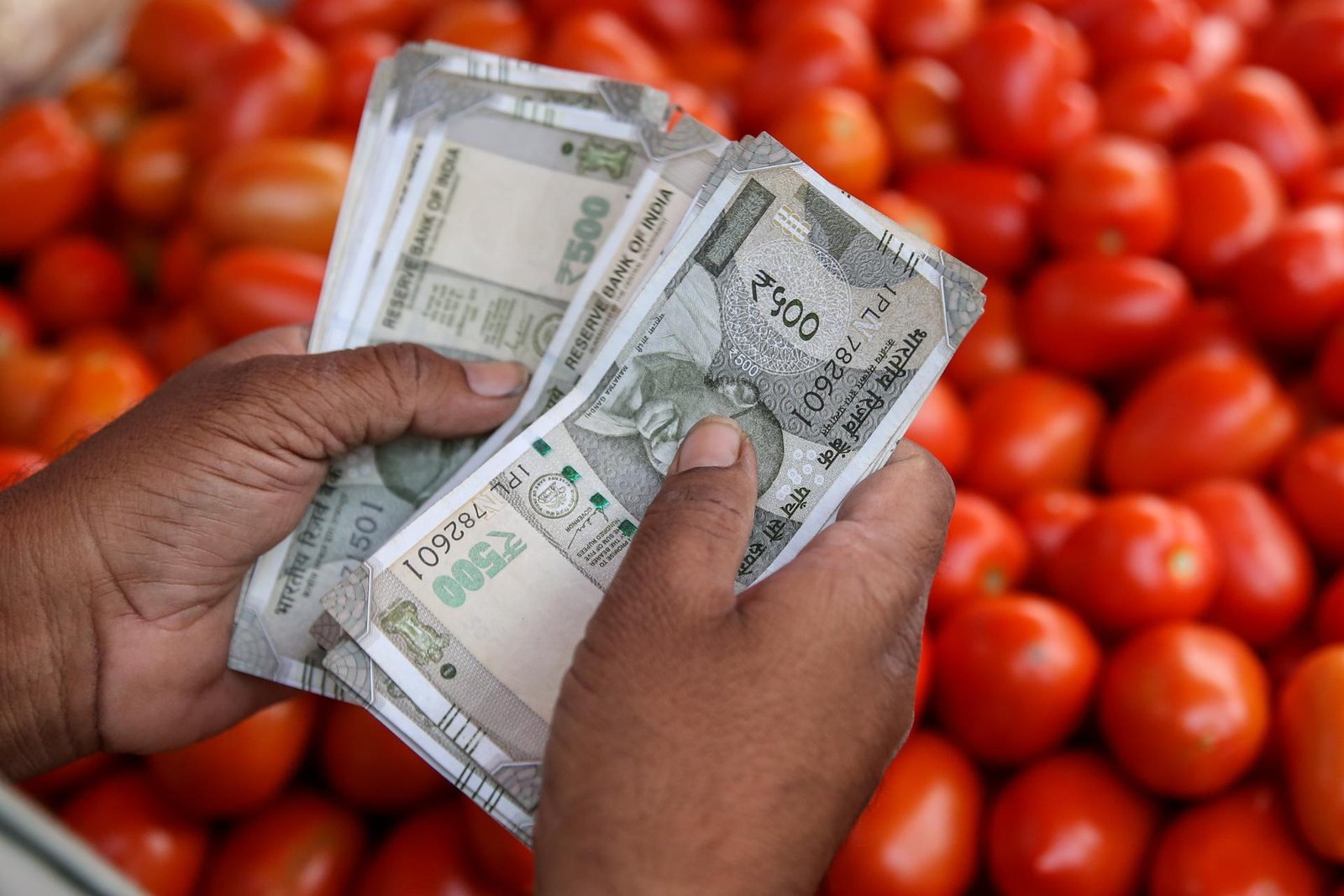What’s going on here?
Emerging Asian currencies, like Thailand’s baht, are gaining ground as the US dollar softens, boosted by expectations surrounding US interest rates. Meanwhile, Indian markets are uplifted by the Reserve Bank of India’s neutral stance.
What does this mean?
Most emerging Asian currencies ticked upward as the US dollar stayed calm, with Thailand’s baht particularly taking the spotlight. This boost is partly due to potential US dollar selling from exporters, according to Krung Thai Bank, and expectations of lower US interest rates, enhancing the appeal of Southeast Asian assets. DBS Group Holdings points out the importance of aligning with the Federal Reserve’s outlook for market confidence. In contrast, Shanghai’s market fell 6.6% following unmet stimulus expectations, after a prior surge of 10.1%. Elsewhere, Taipei hit a two-week high before closing up 0.2%, while Singapore and Bangkok also saw modest gains.
Why should I care?
For markets: Currencies on a global seesaw.
Thailand’s baht and other Asian currencies are climbing as the US dollar dips, spurred by projections of lower US interest rates. This dynamic encourages investment in Southeast Asian assets, attractive to those hunting for higher returns. Simultaneously, India’s neutral stance sparks optimism, potentially steering investment flows into its expanding markets.
The bigger picture: Big moves in global finance.
As Indian and South Korean bonds gain a spot in FTSE Russell indexes by 2025, emerging markets are becoming key destinations for overseas investment. These shifts underscore changes in global finance, where fiscal policies and currency valuations can significantly impact market actions and prospects.







